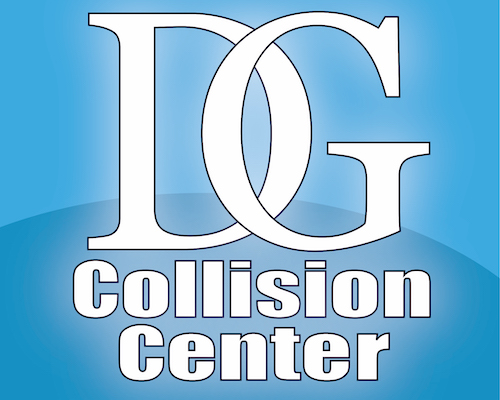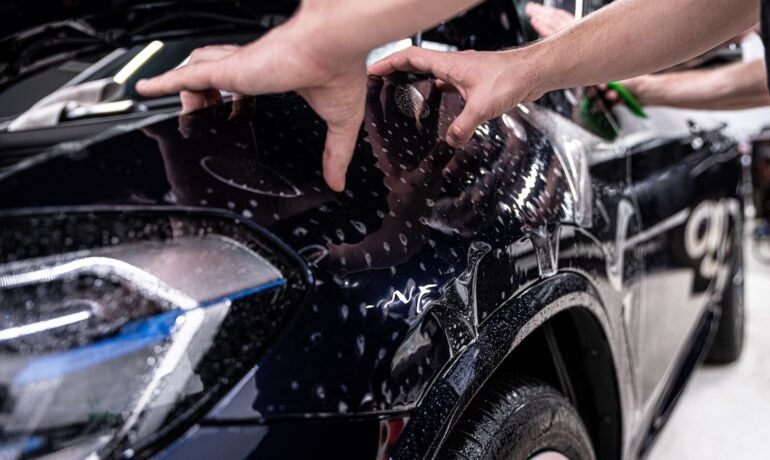 As a proud car owner in Covina, you understand the importance of maintaining your vehicle’s pristine condition. However, one often overlooked threat to your car’s exterior is the relentless onslaught of ultraviolet (UV) rays from the hot Southern California sun. These invisible rays can wreak havoc on your car’s paint, causing fading, oxidation, and premature aging. In this comprehensive guide, we explore the harmful effects of UV damage and provide you with practical tips and strategies to safeguard your car’s exterior from this insidious foe. Protecting your car’s exterior from UV damage is not just about preserving its aesthetic appeal; it’s also a wise investment in maintaining your vehicle’s resale value. By taking proactive measures, you can ensure that your car retains its showroom-fresh appearance for years to come, even in the sun-drenched climate of Covina.
As a proud car owner in Covina, you understand the importance of maintaining your vehicle’s pristine condition. However, one often overlooked threat to your car’s exterior is the relentless onslaught of ultraviolet (UV) rays from the hot Southern California sun. These invisible rays can wreak havoc on your car’s paint, causing fading, oxidation, and premature aging. In this comprehensive guide, we explore the harmful effects of UV damage and provide you with practical tips and strategies to safeguard your car’s exterior from this insidious foe. Protecting your car’s exterior from UV damage is not just about preserving its aesthetic appeal; it’s also a wise investment in maintaining your vehicle’s resale value. By taking proactive measures, you can ensure that your car retains its showroom-fresh appearance for years to come, even in the sun-drenched climate of Covina.
UV Damage on Vehicle Paint
To effectively combat UV damage, understand the mechanisms by which these rays wreak havoc on your car’s exterior. UV rays are a form of electromagnetic radiation that falls within the invisible spectrum, making them imperceptible to the naked eye. However, their impact on your car’s paint is undeniable.
UV Damage Leads to Fading and Discoloration
UV rays can break down the molecular bonds in your car’s paint, causing it to lose its vibrancy and luster over time. This fading and discoloration can be particularly noticeable in darker-colored vehicles, where the contrast becomes more pronounced.
Oxidation and Chalking
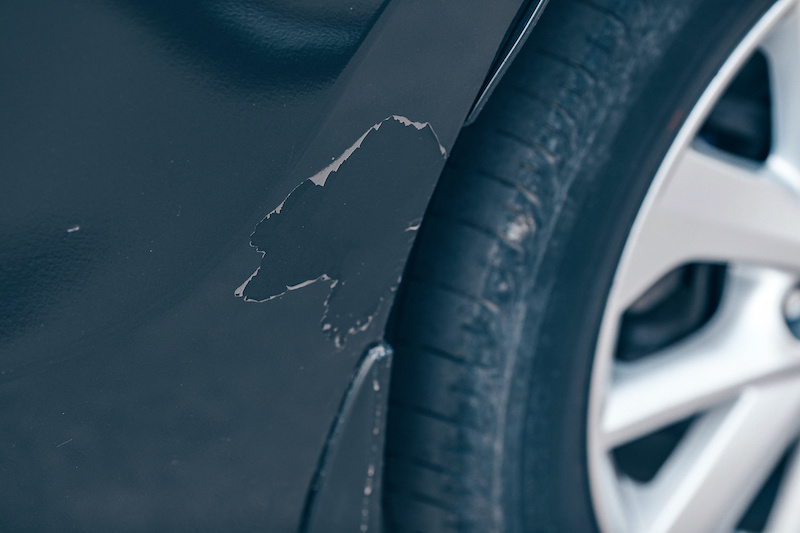 Prolonged exposure to UV rays can also lead to oxidation, a process where the paint’s surface becomes dull and chalky. This chalking effect not only diminishes the paint’s glossy appearance but also makes it more susceptible to further damage and degradation.
Prolonged exposure to UV rays can also lead to oxidation, a process where the paint’s surface becomes dull and chalky. This chalking effect not only diminishes the paint’s glossy appearance but also makes it more susceptible to further damage and degradation.
Premature Aging and Cracking
UV rays can accelerate the aging process of your car’s paint, leading to premature cracking, peeling, and other signs of deterioration. This can compromise the integrity of the paint job and potentially expose the underlying metal to rust and corrosion.
Signs of UV Damage
Faded or Discolored Paint & UV Damage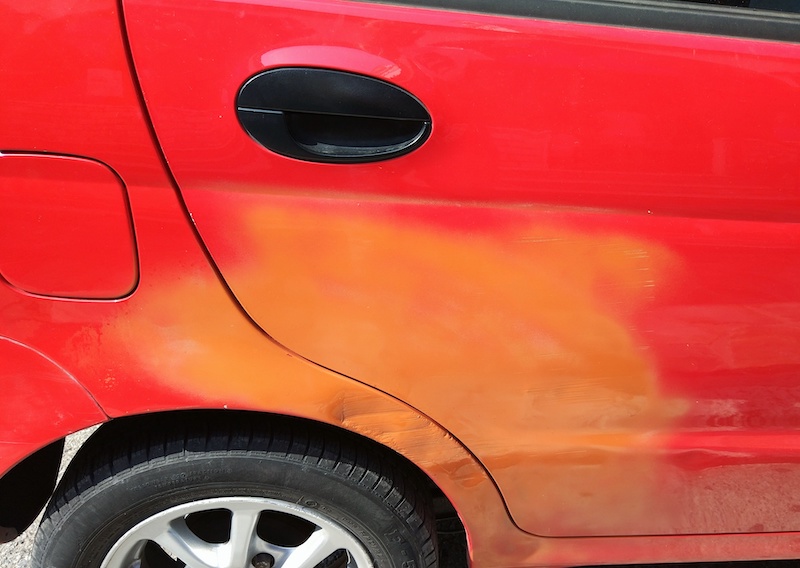
One of the most apparent indicators of UV damage is the fading or discoloration of your car’s paint. This can manifest as an uneven or patchy appearance, particularly on horizontal surfaces that receive the most direct sunlight.
Chalky or Oxidized Finish
If your car’s paint feels rough or chalky to the touch, it’s likely due to oxidation caused by prolonged UV exposure. This chalky finish can also make the paint appear dull and lifeless.
Cracking or Peeling Paint
In severe cases of UV damage, you may notice cracks or peeling in the paint, exposing the underlying layers or even the bare metal. This can lead to further deterioration and potential rust issues if left unaddressed.
Faded or Discolored Trim and Moldings
 UV rays can also compromise the plastic trim, moldings, and other non-metallic components of your car’s exterior. Look for signs of fading, discoloration, or brittleness in these areas.
UV rays can also compromise the plastic trim, moldings, and other non-metallic components of your car’s exterior. Look for signs of fading, discoloration, or brittleness in these areas.
By keeping a watchful eye for these signs, you can take prompt action to address UV damage before it escalates and becomes more costly to repair.
Tips for Preventing UV Damage
Park in Shaded Areas to Reduce Risk of UV Damage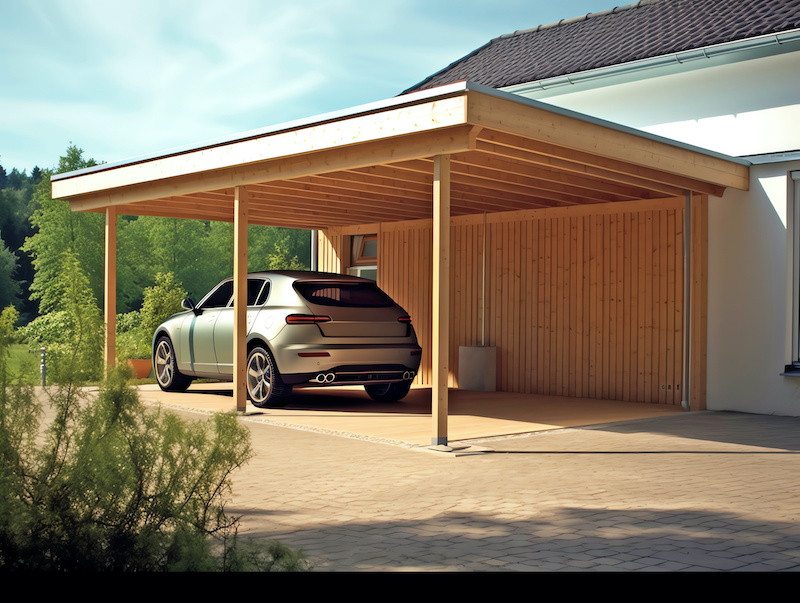
Whenever possible, park your car in covered or shaded areas, such as garages, carports, or under trees. This simple step can significantly reduce your car’s exposure to direct sunlight and UV rays.
Use a Car Cover
If you can’t park in a garage or under a carport, invest in a high-quality car cover designed specifically for UV protection can be a game-changer. These covers are made from specialized materials that block or reflect UV rays, shielding your car’s exterior from harmful radiation.
Apply UV-Resistant Wax or Sealant
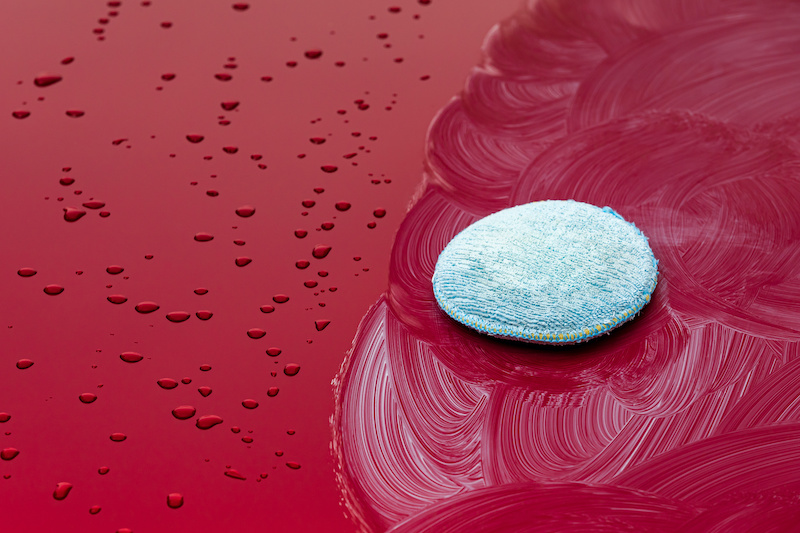 Regular application of UV-resistant wax or sealant can create an additional barrier against UV rays, helping to protect your car’s paint from fading and oxidation. Look for products specifically formulated with UV inhibitors for maximum protection.
Regular application of UV-resistant wax or sealant can create an additional barrier against UV rays, helping to protect your car’s paint from fading and oxidation. Look for products specifically formulated with UV inhibitors for maximum protection.
About DG Collision Center, an Auto Body Shop in Covina, California
We would love to help restore your car following a rear end collision. DG Collision Center in Covina, California is your one-stop-shop in Covina for auto body repair after car accidents. Our highly trained team includes specialized technicians. We work directly with all insurance companies. This enables our customers to file a claim without even needing to be present.
